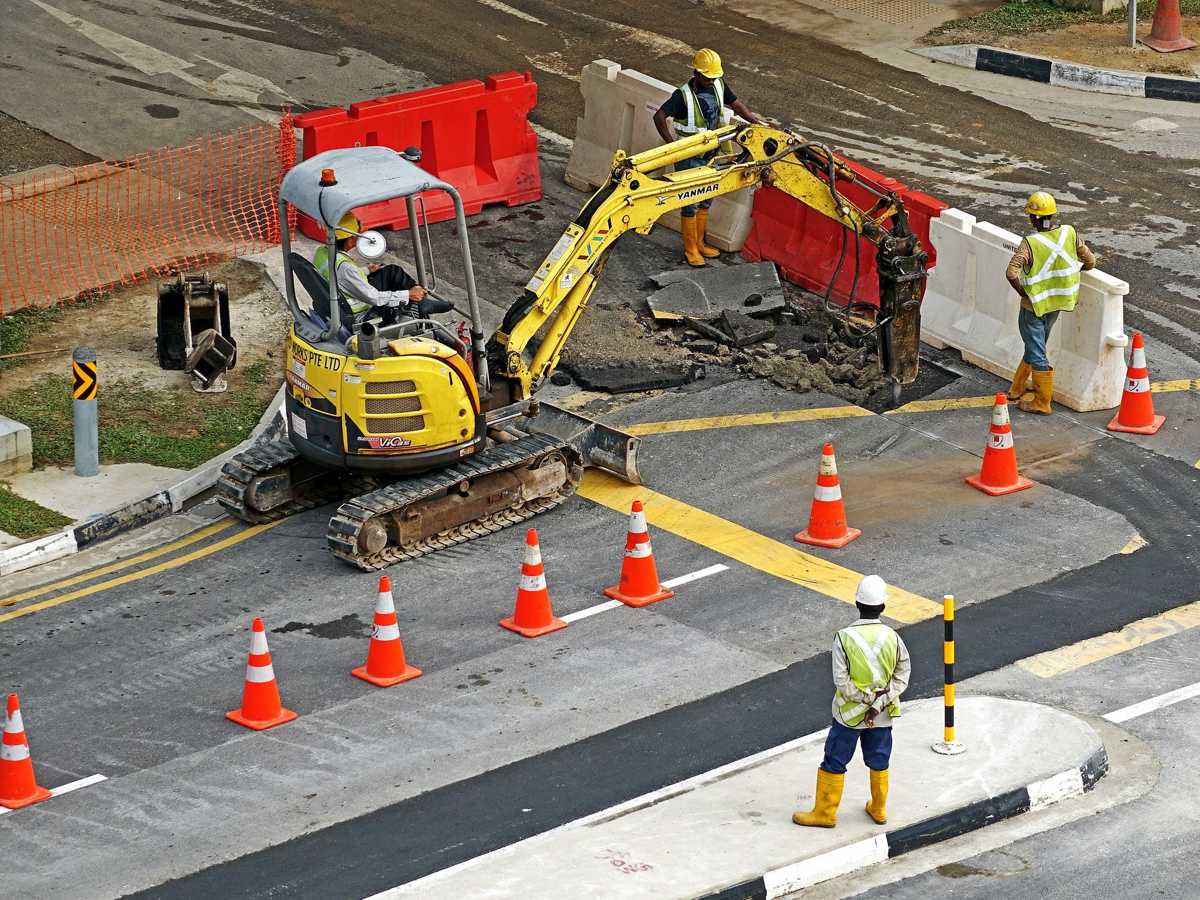How to ensure OSHA safety compliance on a construction site
It is an unfortunate fact that the construction sector can be full of safety hazards employees may face. After all, 20% of employee fatalities in the US in 2020 occurred within the construction sector, according to OSHA data.
While construction projects can be extremely complex, with many aspects for managers and employees to take care of, employee safety is of utmost importance.
With this in mind, we can now understand the importance of the Occupational Safety and Health Administration (OSHA).
It is the responsibility of OSHA to ensure safe working conditions for employees. Therefore, ensuring OSHA compliance is crucial on a construction site if companies want to reduce the number of incidents that occur, both for their employees and anybody else who comes into contact with the construction project.
Here are some ways that a company can ensure OSHA compliance on their construction site. By adhering to the following safety tips.
Pre – Plan
An often overlooked step, planning is crucial. Planning ensures that the appropriate assets, equipment, and protective equipment are available for the tasks to be performed on the day. If planning is not properly conducted then employees may need to compromise on specific tasks such as implementing fall protection in certain areas rather than at any elevation over six feet. Compromising on safety is never a good idea and makes OSHA compliance difficult. Therefore, planning must be done before a project’s start.
Planning is also vital for ensuring that the administrative side of compliance is achieved. For example, OSHA requires that forklifts should be inspected before use. Through planning and scheduling, often with the assistant of a maintenance application, employees ensure that inspections and maintenance have been completed on all of the machinery and equipment that will be utilized on the projects. This also ensures that the company can maintain an accurate record.
Provide Training
It is the construction companies responsibility to make sure that their employees have adequate training.
This includes training. Training can be in the form of the OSHA 10 and OSHA 30 hour courses. Both of these courses cover safety responsibilities such as hazard identification and avoidance as well as hazard prevention. Internal training may also be conducted to ensure that employees have a better understanding of hazards that should be avoided.
Promote a positive health and safety culture
Careless mistakes can have big repercussions on a construction site, by holding employees accountable and promoting a culture that encourages safety and health awareness, construction companies will see a positive change. The company will then begin to see a reduction in accidents as well as employees easily adopting the new OSHA guidelines.
Empower Employees
Empowering employees is a vital step in ensuring OSHA compliance.
This is because it is the employees who make sure that the company remains compliant. Therefore, employees must receive assistance in this endeavour.
A good start would be to institute an employee elected a health and safety champion. This will provide employees with a voice, also importantly, in the event of an OSHA inspection an employee is required to assist the inspector as they conduct their inspection. By electing an employee health and safety champion there is already a representative for the employees in this situation.
Empowering employees can also be achieved through implementing solutions to help them enforce health and safety. Occupational health and safety systems are not a new invention however, they have made significant advancements recently. With many health and safety applications having mobile capabilities, employees can access databases with OSHA guidelines to ensure they are meeting the standards set, or even use the application to report accidents that may have occurred.
Be Proactive
The margin for error on a construction site is low and this means that complacency is not advisable. Training employees and keeping up to date with any new guidelines released is an effective way of maintaining OSHA compliance for a construction company.
Risk of non-compliance
With an understanding of how to maintain consistent OSHA compliance, we can now look at why it is vital to maintain compliance. OSHA non-compliance can put the company, employees, and civilians involved in the project at risk of getting an injury or worse. The standards are in place to reduce injuries.
Furthermore, through non-compliance, companies can also incur a citation from OSHA. This will usually result in a fine that can rise to over $100 000 in extreme situations. This is terrible for both the construction companies’ financial health and their reputation and something the company would want to avoid.
Conclusion
As OSHA, or an OSHA-approved state-run health and safety program, is mandatory for construction companies, it would be advisable to leverage the OSHA guidelines as a foundation for health and safety on a site. Coupled with the tips suggested, companies can ensure OSHA compliance and a safety work environment for their employees.















